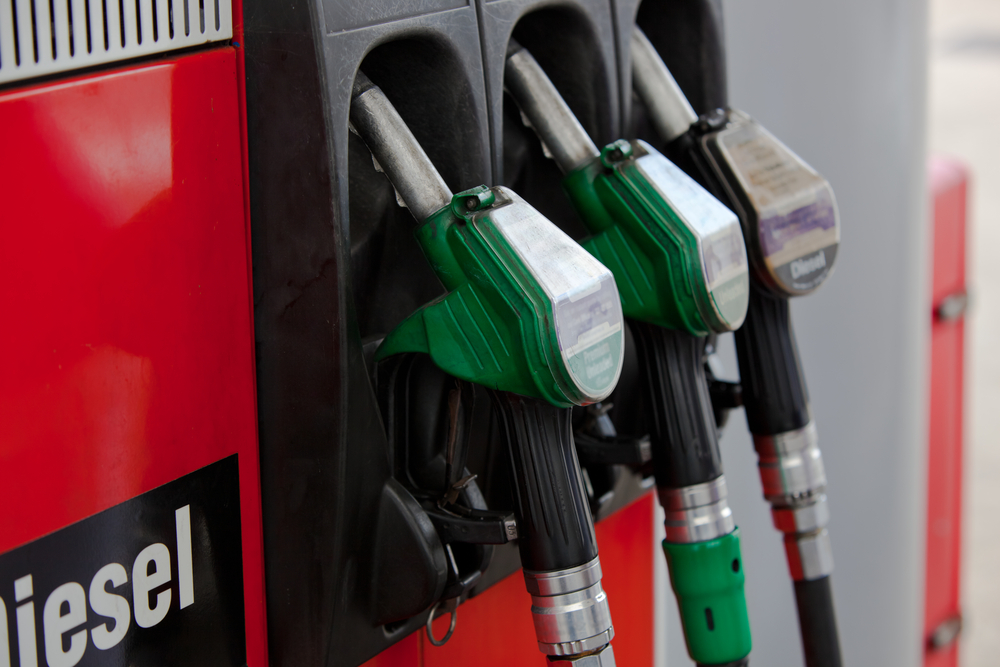PETROLEUM
Petroleum products and materials
Petroleum products are fuels and materials derived from crude oil and natural gas. Crude oil and natural gas are mixtures of hydrocarbons, which are organic compounds that contain only carbon and hydrogen. Petroleum products can also be made from coal, biomass, and other sources1
Some of the most common petroleum products are:
- Gasoline: A liquid fuel used for cars, motorcycles, and other vehicles. Gasoline is made by blending different types of hydrocarbons, such as naphtha, reformate, alkylate, and isomerate. Gasoline may also contain additives, such as detergents, oxygenates, and octane enhancers12
- Diesel fuel: A liquid fuel used for trucks, buses, trains, boats, and other vehicles. Diesel fuel is made by distilling crude oil and removing the lighter fractions, such as gasoline and kerosene. Diesel fuel may also contain additives, such as cetane improvers, lubricity agents, and biodiesel12
- Kerosene: A liquid fuel used for jet engines, heating, lighting, and cooking. Kerosene is made by distilling crude oil and removing the heavier fractions, such as diesel and fuel oil. Kerosene may also contain additives, such as antioxidants, corrosion inhibitors, and anti-icing agents12
- Fuel oil: A liquid or solid fuel used for heating, power generation, marine propulsion, and industrial processes. Fuel oil is made by distilling crude oil and removing the lighter fractions, such as gasoline, kerosene, and diesel. Fuel oil may also contain additives, such as stabilizers, dispersants, and sulfur reducers12
- Liquefied petroleum gas (LPG): A gaseous fuel used for heating, cooking, and transportation. LPG is made by separating the light hydrocarbons from natural gas or crude oil. LPG consists mainly of propane and butane. LPG may also contain additives, such as odorants and corrosion inhibitors12
- Liquefied natural gas (LNG): A gaseous fuel used for power generation, transportation, and industrial processes. LNG is made by cooling natural gas to a very low temperature (-162°C or -260°F) to make it a liquid. LNG consists mainly of methane. LNG may also contain small amounts of ethane, propane, butane, nitrogen, carbon dioxide, and sulfur compounds12
- Asphalt: A solid or semi-solid material used for paving roads, roofing, waterproofing, and other applications. Asphalt is made by removing the lighter fractions from crude oil or bitumen (a naturally occurring form of asphalt). Asphalt may also contain additives, such as polymers, fillers, and modifiers12
- Paraffin wax: A solid material used for candles, cosmetics, packaging, coatings, and other products. Paraffin wax is made by separating the waxy hydrocarbons from crude oil or slack wax (a by-product of lubricating oil production). Paraffin wax may also contain additives, such as colors, fragrances, and antioxidants12
- Petroleum coke: A solid material used for fuel or as a source of carbon for industrial processes. Petroleum coke is made by heating the heavy residues from crude oil refining or bitumen upgrading. Petroleum coke may also contain impurities, such as sulfur, metals, and ash12
- Petrochemicals: Chemicals made from petroleum or natural gas that are used to make plastics , synthetic fibers , rubber , paints , solvents , fertilizers , detergents , pharmaceuticals , and other products. Petrochemicals are made by cracking (breaking down) or reforming (rearranging) the hydrocarbons in petroleum or natural gas. Petrochemicals include ethylene , propylene , benzene , toluene , xylene , methanol , ammonia , urea , ethylene glycol , polyethylene , polypropylene , polystyrene , polyvinyl chloride , nylon , polyester , acrylic , synthetic rubber , epoxy , phenol , formaldehyde , aspirin , acetaminophen , ibuprofen




